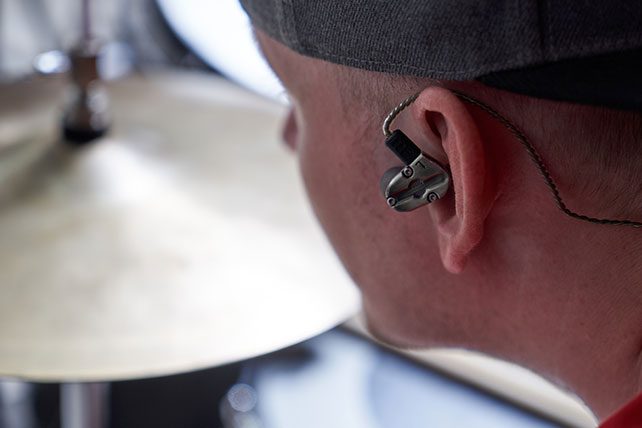394681173Worship leaders today have more tools at their disposal than ever before. One of the most helpful, especially for smaller congregations or teams with limited musicians, is the use of pre-recorded tracks. These tracks can help maintain a full, professional sound even when resources are slim. Whether you’re working with a volunteer-based team, launching a new church plant, or navigating the unexpected absence of a key musician, learning to lead worship with pre-recorded tracks can be a game-changer.
This article will walk you through the key steps, tips, and considerations for effectively using pre-recorded tracks in your worship service.
The Benefits and Challenges of Leading Worship with Pre-Recorded Tracks
Why Use Pre-Recorded Tracks?
There are several compelling reasons why worship leaders turn to pre-recorded tracks:
-
Consistency: Pre-recorded tracks offer a steady tempo and sound, which can be especially helpful if your team has limited rehearsal time.
-
Full Band Sound: Even if you only have one or two live musicians, tracks can provide drums, bass, electric guitar, synth pads, and more.
-
Flexibility: Tracks allow you to tailor the arrangement of a song, repeat sections, or match your church’s unique musical style.
With these benefits come a few challenges, such as syncing live musicians or singers with the track and maintaining a natural, Spirit-led flow. The good news is that with preparation and the right tools, these challenges can be overcome.
RELATED: Should Expreessive Worship Be Physical?
Choosing the Right Tracks
Not all pre-recorded tracks are created equal. When selecting your tracks, consider the following:
-
Quality: Look for tracks from reputable providers such as Multitracks.com, Loop Community, or PraiseCharts. These usually offer studio-quality stems that sound professional and clean.
-
Customization: Platforms like Prime (from Loop Community) or Playback (from Multitracks.com) allow you to mute, adjust, or solo specific instruments. This helps you blend the track with your live musicians.
-
Tempo and Key: Make sure you can adjust the tempo and key to match the needs of your vocalists and congregation.
Getting the Right Equipment
Using pre-recorded tracks in worship requires a bit of technical setup. Here’s a basic gear checklist:
-
Audio Interface: This device connects your playback device (usually a tablet or computer) to the sound system. It allows for multiple outputs—like sending a click track to in-ears and the main mix to the speakers.
-
In-Ear Monitors (IEMs): To keep everyone in sync, the band will need to hear a click track and possibly a guide track with song cues.
-
Playback Device: Many churches use iPads or laptops running apps like Prime or Playback. Others use DAWs (Digital Audio Workstations) like Ableton Live for greater control.
Proper setup is key to ensuring a seamless experience during live worship.

